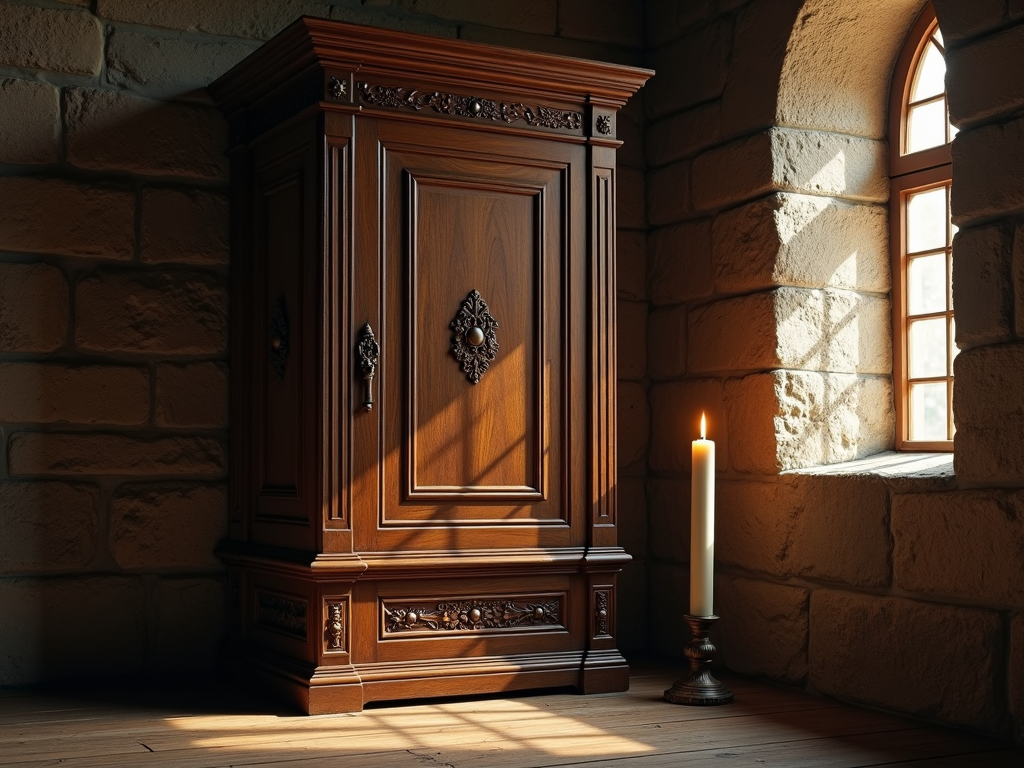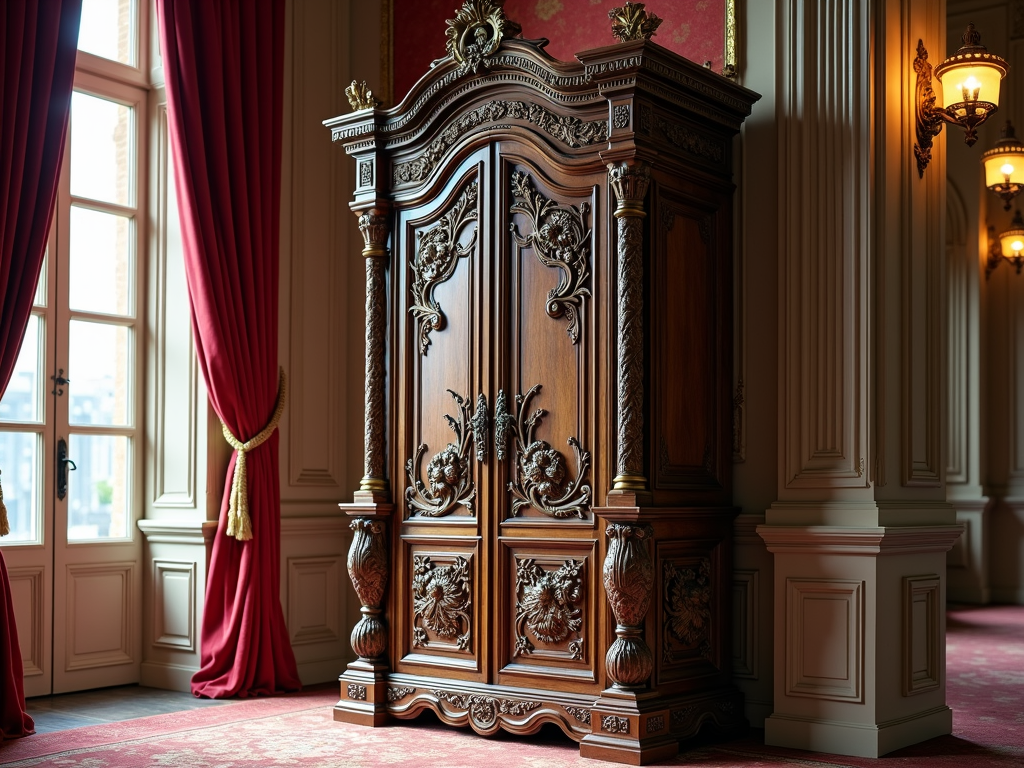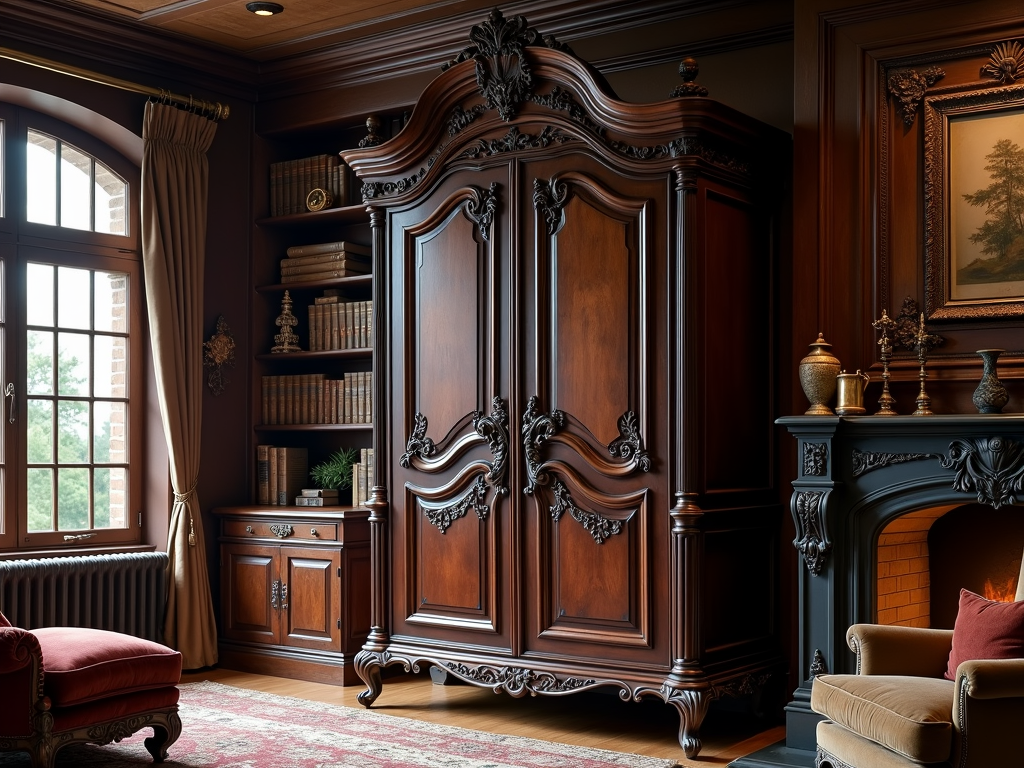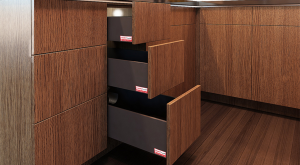Featured Post
The Evolution of Armoires: From Classic to Contemporary
Armoires have been a staple in homes for centuries, evolving from simple storage solutions to sophisticated pieces of furniture that blend functionality with style. This article delves into the rich history of armoires, tracing their development from medieval times to the present day, and highlights how contemporary designs, including multifunctional armoires with hidden compartments, continue to meet the needs of modern living.

The Origins of Armoires
The story of armoires begins in medieval Europe, where they were originally used as storage for armor and weapons. The term "armoire" itself comes from the French word for "armor," reflecting their initial purpose. These early armoires were large, sturdy pieces made from oak or other durable woods, designed to withstand the weight of heavy metal armor. They were often plain in design, focusing on functionality over aesthetics.
As time passed, armoires began to evolve. By the Renaissance period, they had become more ornate, with intricate carvings and decorative elements that reflected the artistic trends of the time. Armoires were no longer just for storage; they were also status symbols, showcasing the wealth and taste of their owners. This shift marked the beginning of the armoire's journey from a purely functional item to a piece of furniture that could enhance the beauty of a room.

Armoires Through the Ages
As we move into the 18th and 19th centuries, armoires continued to adapt to the changing needs and styles of the times. In France, the armoire became a central piece in the bedroom, used for storing clothing and linens. The designs became more varied, with regional styles emerging, such as the Provençal armoire, known for its curved lines and painted finishes.
During the Victorian era, armoires were often elaborately decorated, with heavy carvings and dark, polished woods. They were seen as essential pieces in well-appointed homes, often passed down through generations as family heirlooms. The armoire's role as a symbol of status and tradition was firmly established during this period.
However, with the advent of built-in closets in the early 20th century, the need for armoires as primary storage units began to decline. Yet, rather than fading into obscurity, armoires found new purposes. They were repurposed as entertainment centers, home offices, or even bars, showcasing their versatility and enduring appeal.

Contemporary Armoires: A Blend of Tradition and Innovation
In today's homes, armoires have taken on new forms and functions, reflecting the needs and aesthetics of modern living. One of the most exciting developments is the rise of multifunctional armoires with hidden compartments. These pieces are designed to maximize space and provide discreet storage solutions, making them ideal for smaller homes or apartments where space is at a premium.
For example, some contemporary armoires feature hidden compartments for jewelry, valuables, or even electronics, allowing homeowners to keep their belongings organized and out of sight. Others might include built-in charging stations or cable management systems, catering to the tech-savvy consumer. These innovations demonstrate how armoires have adapted to the demands of modern life while retaining their classic appeal.
Moreover, contemporary armoires often draw inspiration from various design styles, blending elements of minimalism, industrial chic, or even mid-century modern aesthetics. This versatility allows them to fit seamlessly into a wide range of interior design schemes, from sleek urban lofts to cozy country cottages.

The Enduring Appeal of Armoires
Despite the changes in design and function over the centuries, the armoire remains a beloved piece of furniture. Its ability to adapt to different needs and styles has ensured its continued relevance in homes around the world. Whether you prefer the classic elegance of a traditional armoire or the sleek functionality of a contemporary design, there's an armoire to suit every taste and space.
As we look to the future, it's clear that armoires will continue to evolve, incorporating new materials, technologies, and design trends. Yet, at their core, they will always be about providing practical storage solutions with a touch of style and sophistication.
In conclusion, the evolution of armoires from their medieval origins to their modern incarnations is a testament to their timeless appeal and adaptability. By understanding their history and appreciating their contemporary designs, we can better appreciate these versatile pieces of furniture and the role they play in our homes.
Recommended Readings
- "The History of Furniture: From Ancient Times to the Present Day" by John Gloag
- "Interior Design Master Class: 100 Lessons from America's Finest Designers on the Art of Decoration" by Carl Dellatore
- "The Furniture Bible: Everything You Need to Know to Identify, Restore & Care for Furniture" by Christophe Pourny
- "Design Sponge at Home" by Grace Bonney
- "The Kinfolk Home: Interiors for Slow Living" by Nathan Williams









